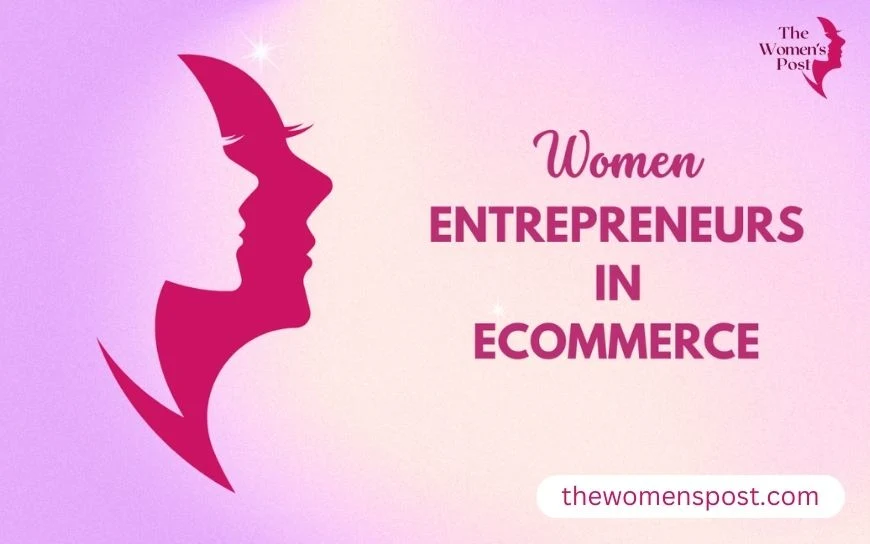Glossier: The Rise, Evolution & Vision of a Beauty Pioneer

How Glossier Disrupted the Beauty Industry
The Glossier beauty brand was founded in 2014 by Emily Weiss, a former Vogue assistant turned entrepreneur. The brand emerged from her highly successful blog, Into The Gloss, where she interviewed beauty insiders and built a community of beauty enthusiasts. Spotting a gap between brands and consumers, she envisioned a beauty company that would listen first—and then build.
That vision became Glossier, a direct-to-consumer (DTC) powerhouse that disrupted the traditional beauty industry by prioritizing digital-first marketing, minimal packaging, and real customer voices. The Glossier success story began not just with great products, but with a shift in how consumers engaged with beauty brands.
The Evolution of Glossier
The evolution of Glossier from a blog-inspired idea into a billion-dollar brand is a masterclass in modern entrepreneurship. Launching with just four products—balm, mist, tint, and moisturizer—Glossier emphasized “skin first, makeup second.” Their early focus on clean aesthetics, Instagrammable moments, and community feedback laid the foundation for what many now call one of the most influential beauty startups of the decade.
The brand achieved unicorn status in 2019 with a valuation of over $1.2 billion and later expanded into retail, including a successful partnership with Sephora. Weiss eventually stepped down as CEO in 2022, appointing Kyle Leahy to lead Glossier into its next growth phase, while she remained as Executive Chairwoman.
Glossier Marketing Strategy: A Digital Beauty Blueprint

Also Read: How Women Get Ahead in Male-Dominated Tech Fields
The Glossier marketing strategy is often studied in business schools and branding workshops. With minimal traditional advertising, Glossier relied on influencer collaborations, user-generated content, and a highly curated social media presence. Customers were not only buyers—they were brand ambassadors.
Glossier’s impact on digital beauty marketing is profound. From viral product launches to limited-edition drops that created urgency and FOMO, Glossier reshaped how beauty brands communicate, engage, and sell. Their flagship fragrance, “Glossier You,” went viral on TikTok in 2024, proving their enduring relevance among Gen Z.
Challenges and Reinvention
Despite its glowing reputation, Glossier faced challenges. Allegations of a toxic work culture, concerns around diversity, and internal restructuring forced the company to reflect and recalibrate. Over 80 employees were laid off during a strategic pivot away from tech investments toward retail expansion.
Some loyal fans were disheartened when Glossier reformulated or discontinued core products during their move into Sephora. Yet the brand’s resilience and adaptability remain key lessons for startups.
Cultural Legacy and What’s Next
Emily Weiss and Glossier are now the subjects of books and a forthcoming TV series. Marisa Meltzer’s Glossy: Ambition, Beauty, and the Inside Story of Emily Weiss’s Glossier offers a deep dive into the company’s meteoric rise and growing pains.
Beyond its product line, the story behind Glossier’s rise is one of building community, trust, and lifestyle alignment. Today, Glossier is more than skincare—it’s a cultural movement that redefined beauty standards and business models.
Also Read: Tori Dunlap: Supporting Women in Reach of Financial Freedom
For new entrepreneurs, lessons from Glossier’s brand strategy include:
- Start with community: Build relationships before products.
- Embrace authenticity: Showcase real users, not airbrushed celebrities.
- Listen and adapt: Constantly refine based on consumer feedback.
- Disrupt with purpose: Glossier didn’t just enter the beauty space—it reshaped it.
Featured in TheWomensPost
At TheWomensPost, we highlight brands and women transforming industries—and Glossier beauty brand is a prime example. From content to community, the Glossier model has inspired a new generation of female-led beauty startups who dare to do things differently.
In Summary: Glossier’s Legacy in the Beauty World
The Glossier success story proves that innovation isn’t always about invention—sometimes it’s about intuition. Knowing what people want, how they want it, and how to make them feel seen. Whether you’re building a brand or rethinking marketing, Glossier’s impact on digital beauty marketing offers a blueprint that continues to influence the industry worldwide.










